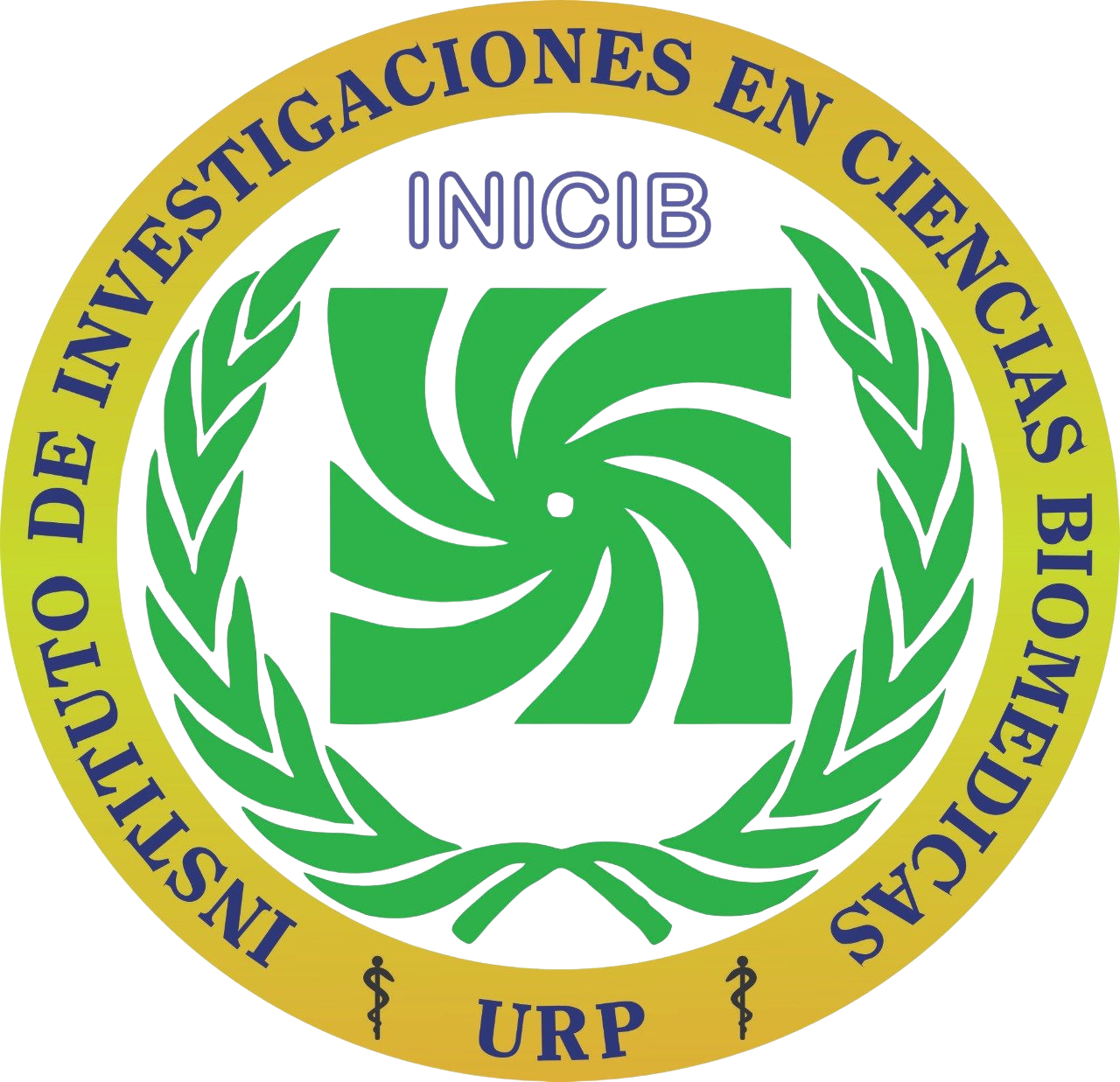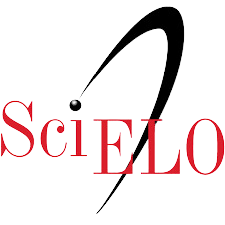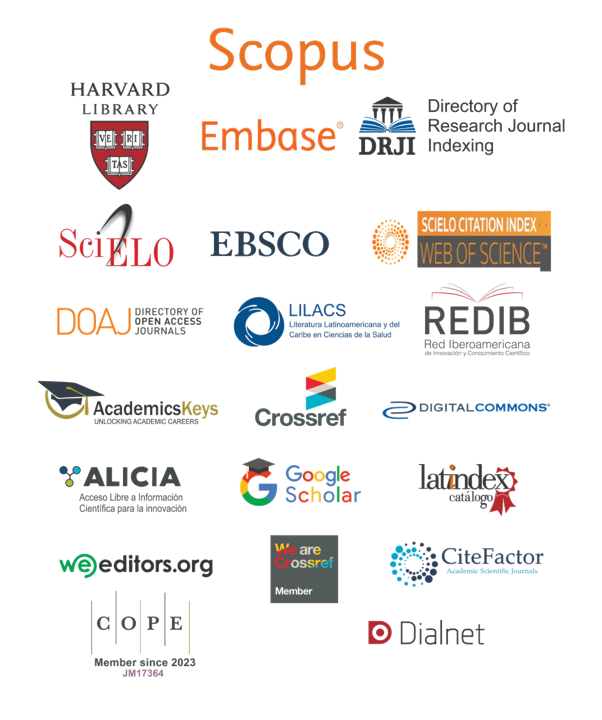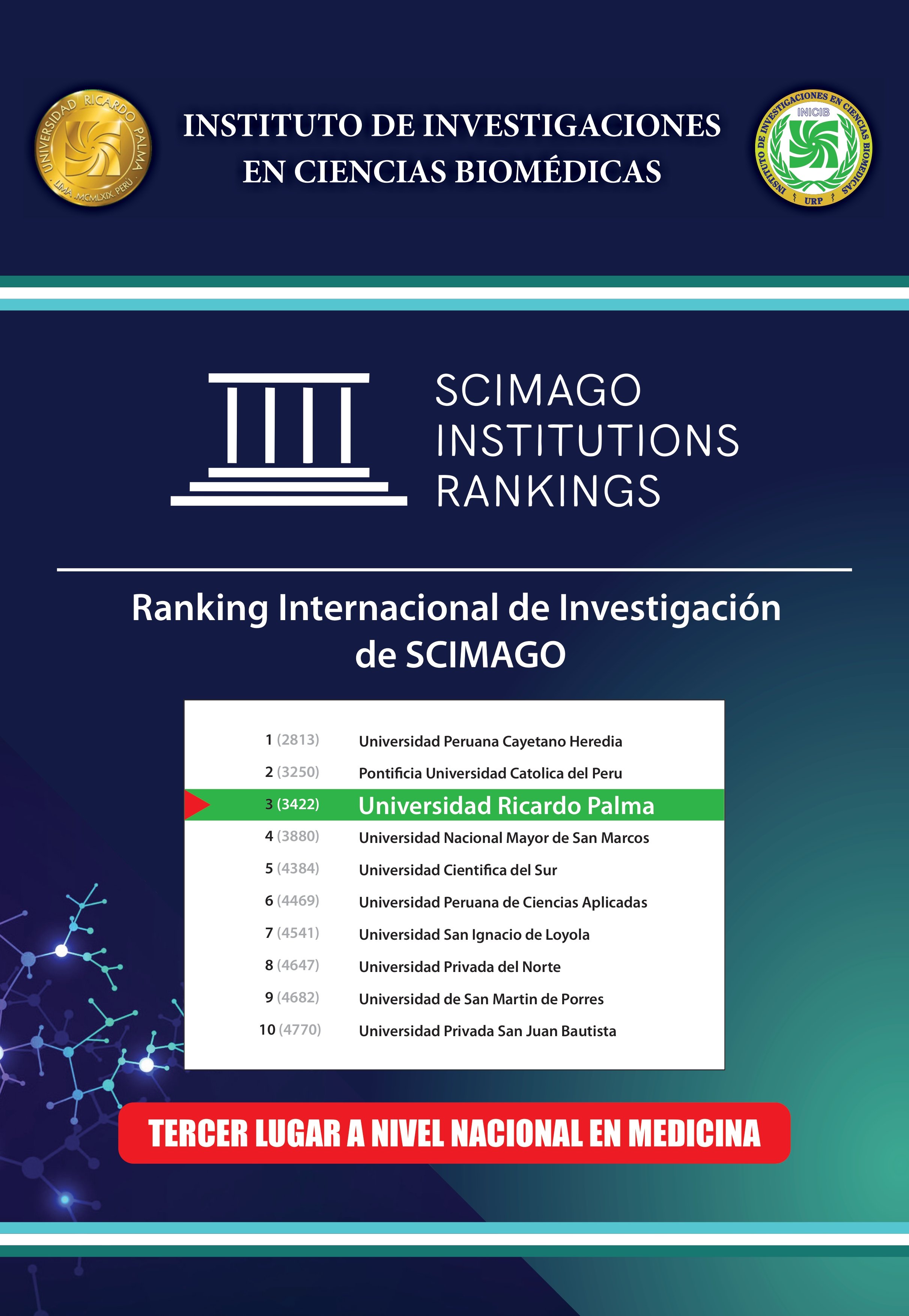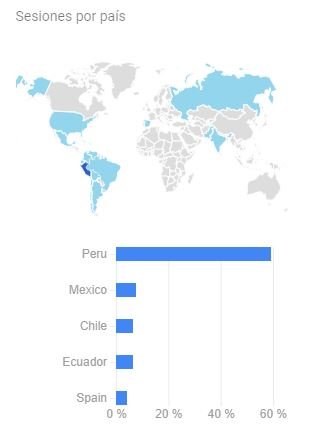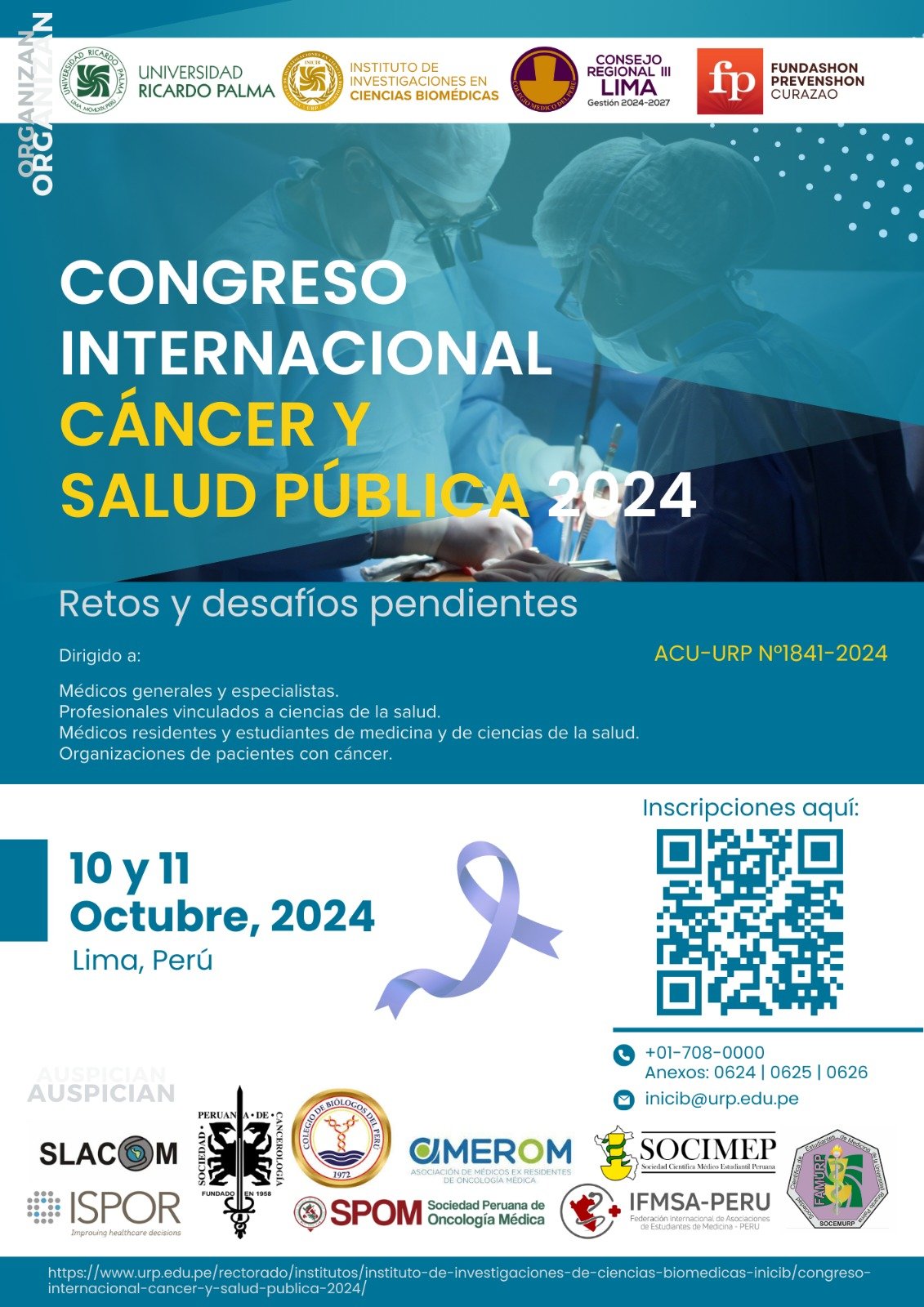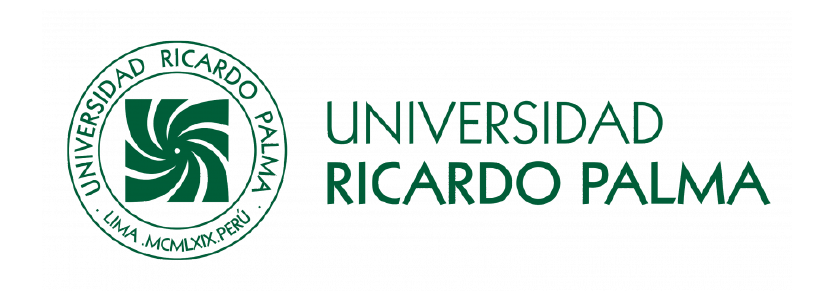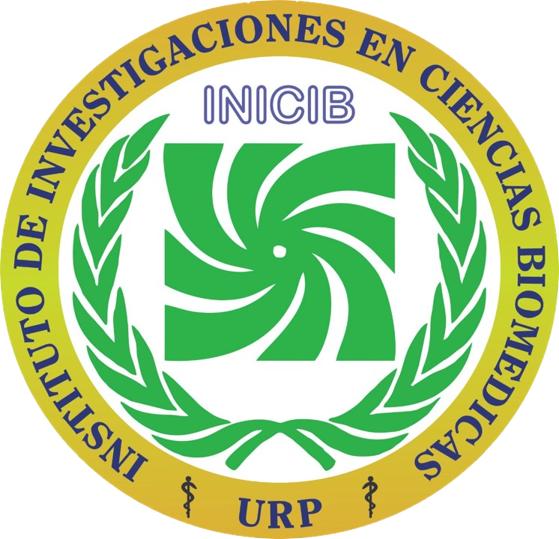Molecular basis of COVID-19 pathogenesis and in silico studies of potential pharmacological treatment
Bases moleculares de la patogénesis de COVID-19 y estudios in silico de posibles tratamientos farmacológicos
DOI:
https://doi.org/10.25176/RFMH.v21i1.3327Keywords:
COVID-19, SARS-CoV-2, genome, protein structure, in silicoAbstract
COVID-19 is a disease caused by SARS-CoV-2, a virus that represents a serious threat to global health. The objective of the article is to deepen into the structure of the structural and non-structural proteins of SARS-CoV-2 and their role during the infection of its target cells; also to propose molecules from in silico studies that inhibit proteins of the viral cycle for potential pharmacological treatments. The SARS-CoV-2 genome has ORFs that encode sixteen non-structural proteins (Nsp1-16), four structural proteins (Spike, Envelope, Membrane, and Nucleocapsid), and nine accessory proteins; that fulfill various functions in the entry of the virus and its viral cycle. In silico studies of drugs such as disulfiram and viomycin, and molecules found in plants as Azadirachta indica, the tea plant, and Andrographis paniculata have shown inhibitory effects on the SARS-CoV-2 viral cycle.
Downloads
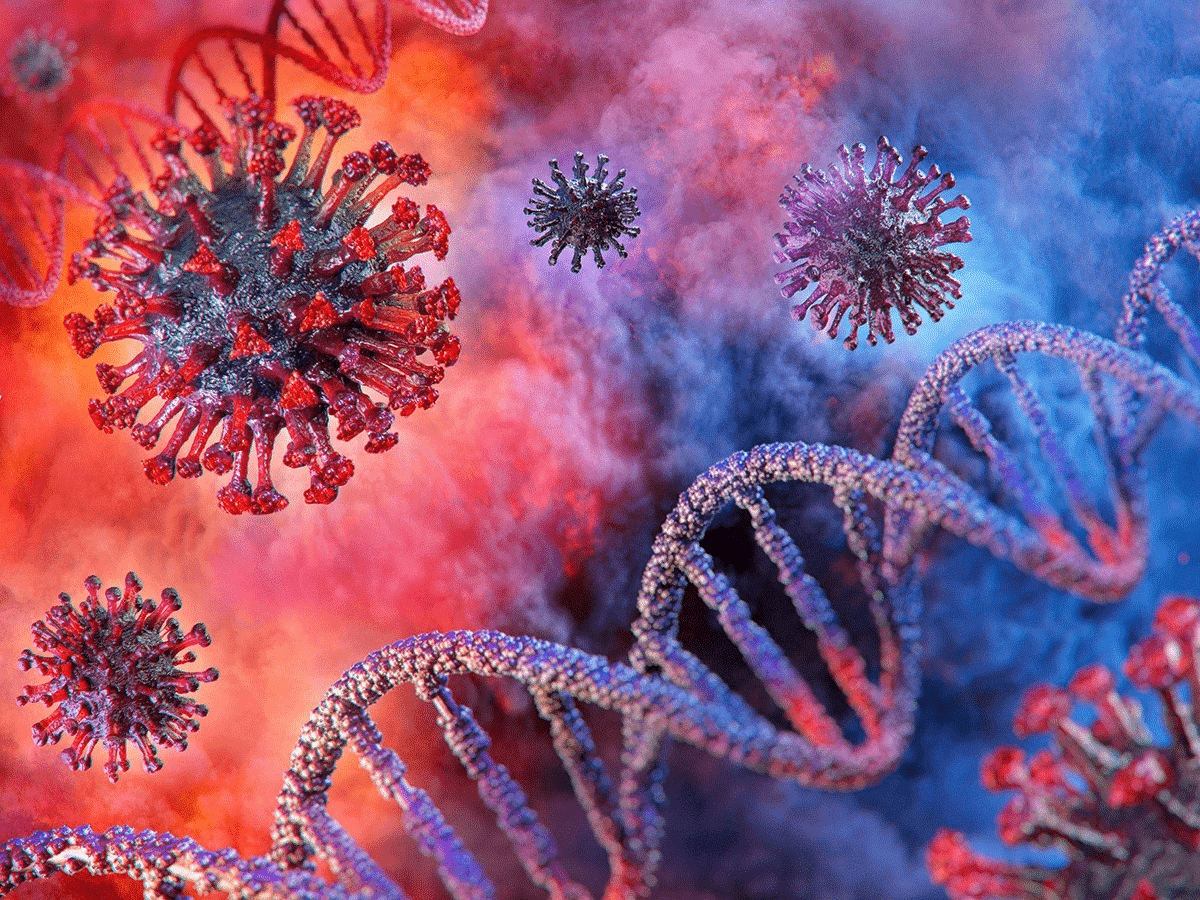
Downloads
Published
How to Cite
Issue
Section
License
Copyright (c) 2021 Revista de la Facultad de Medicina Humana

This work is licensed under a Creative Commons Attribution 4.0 International License.


